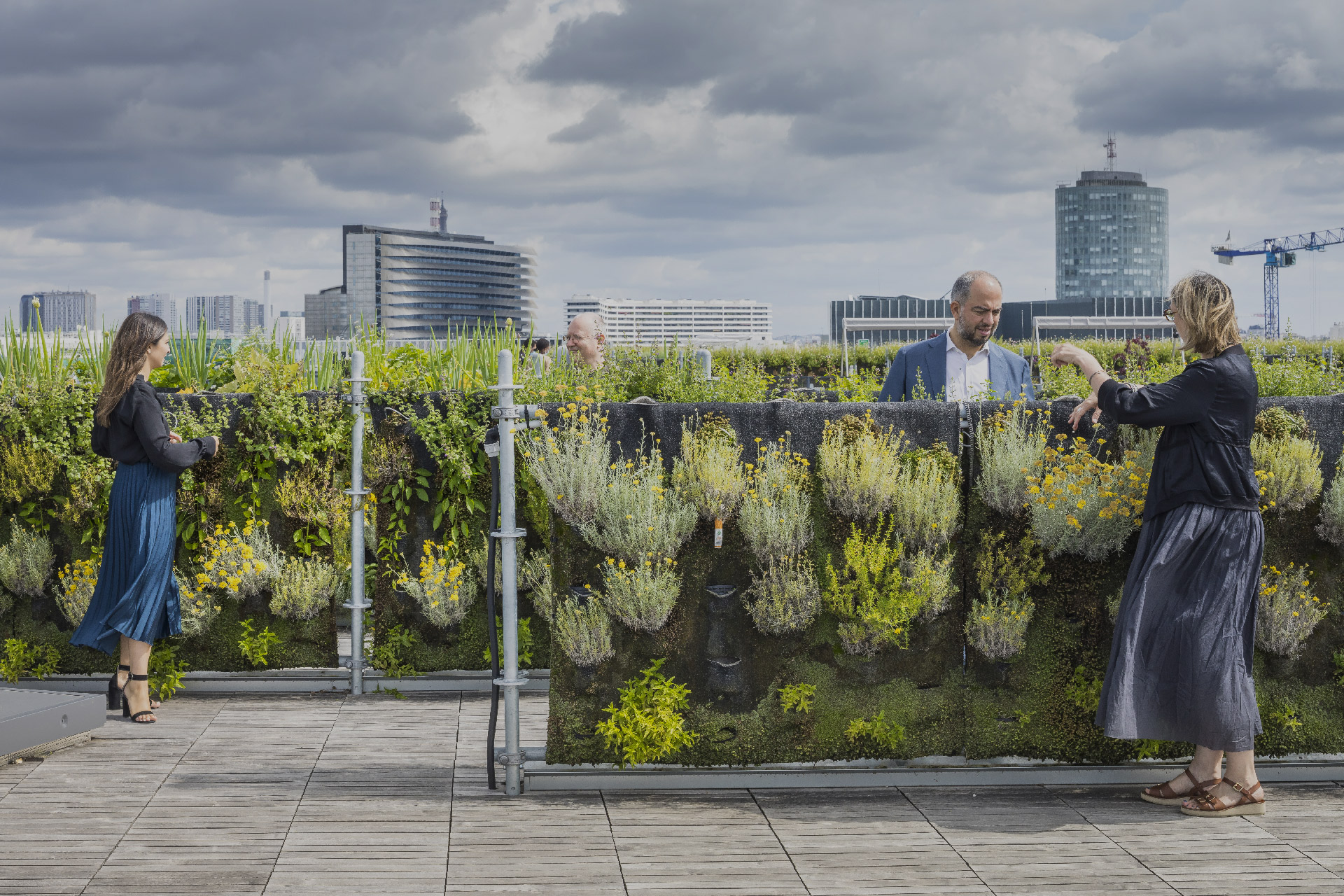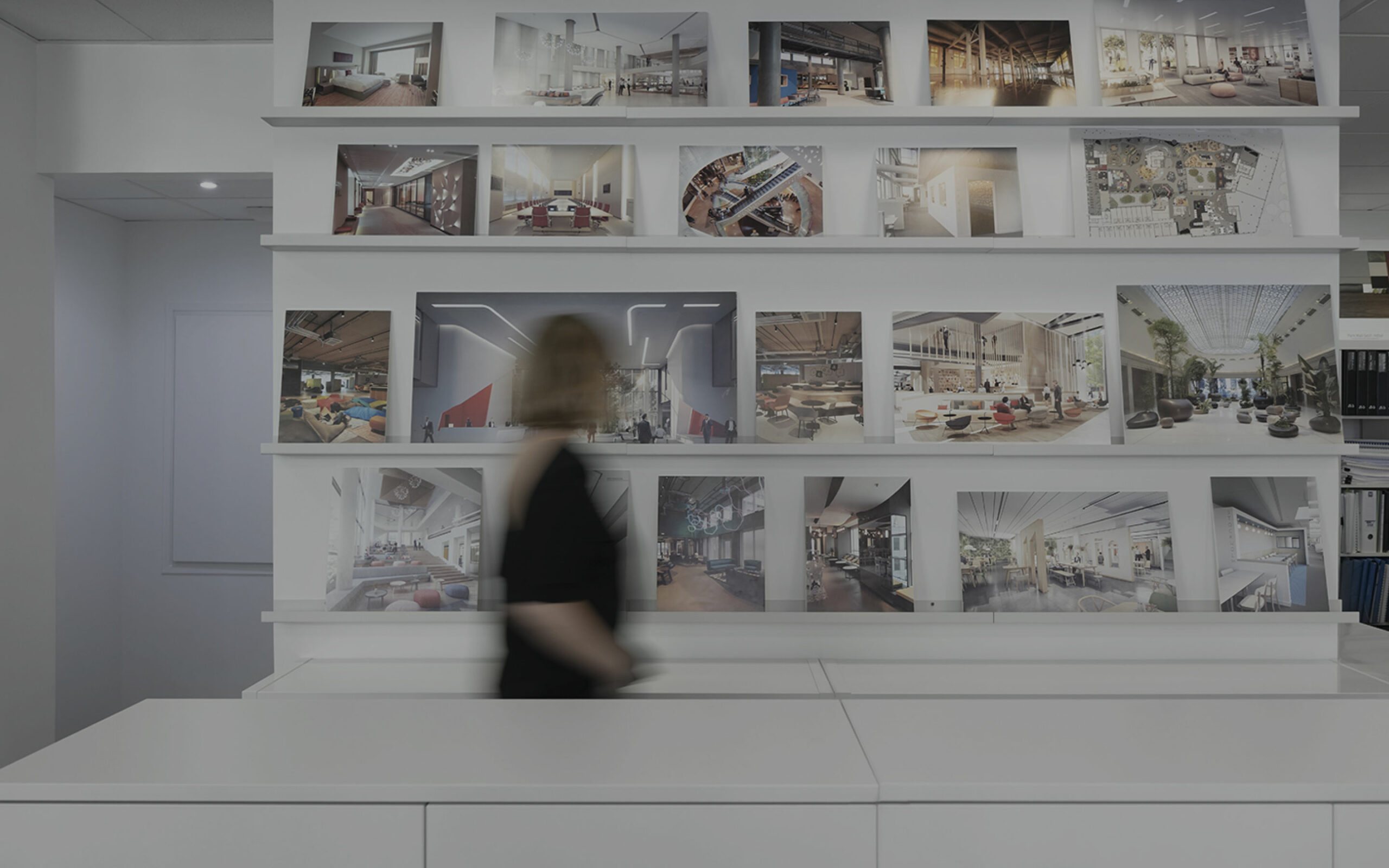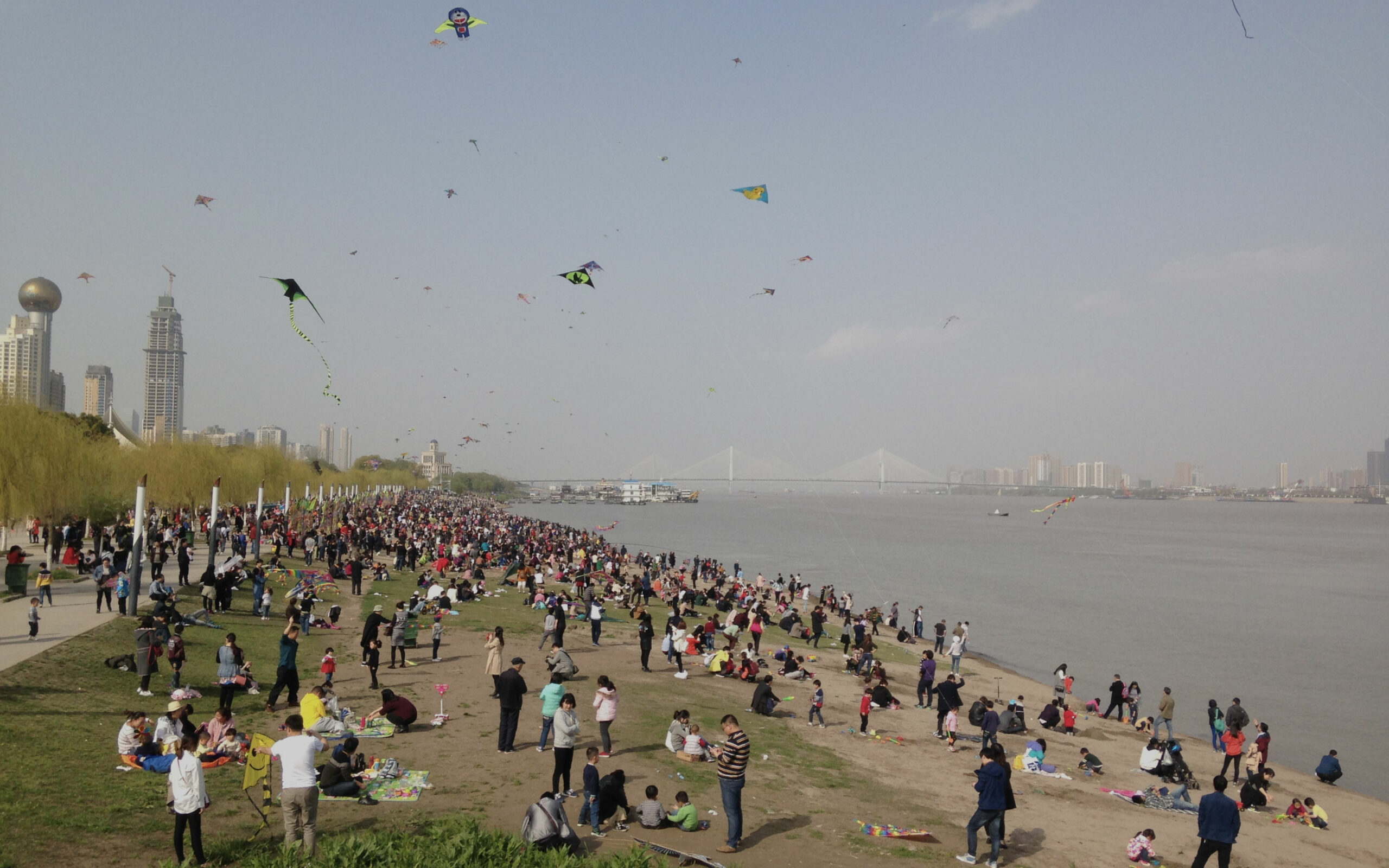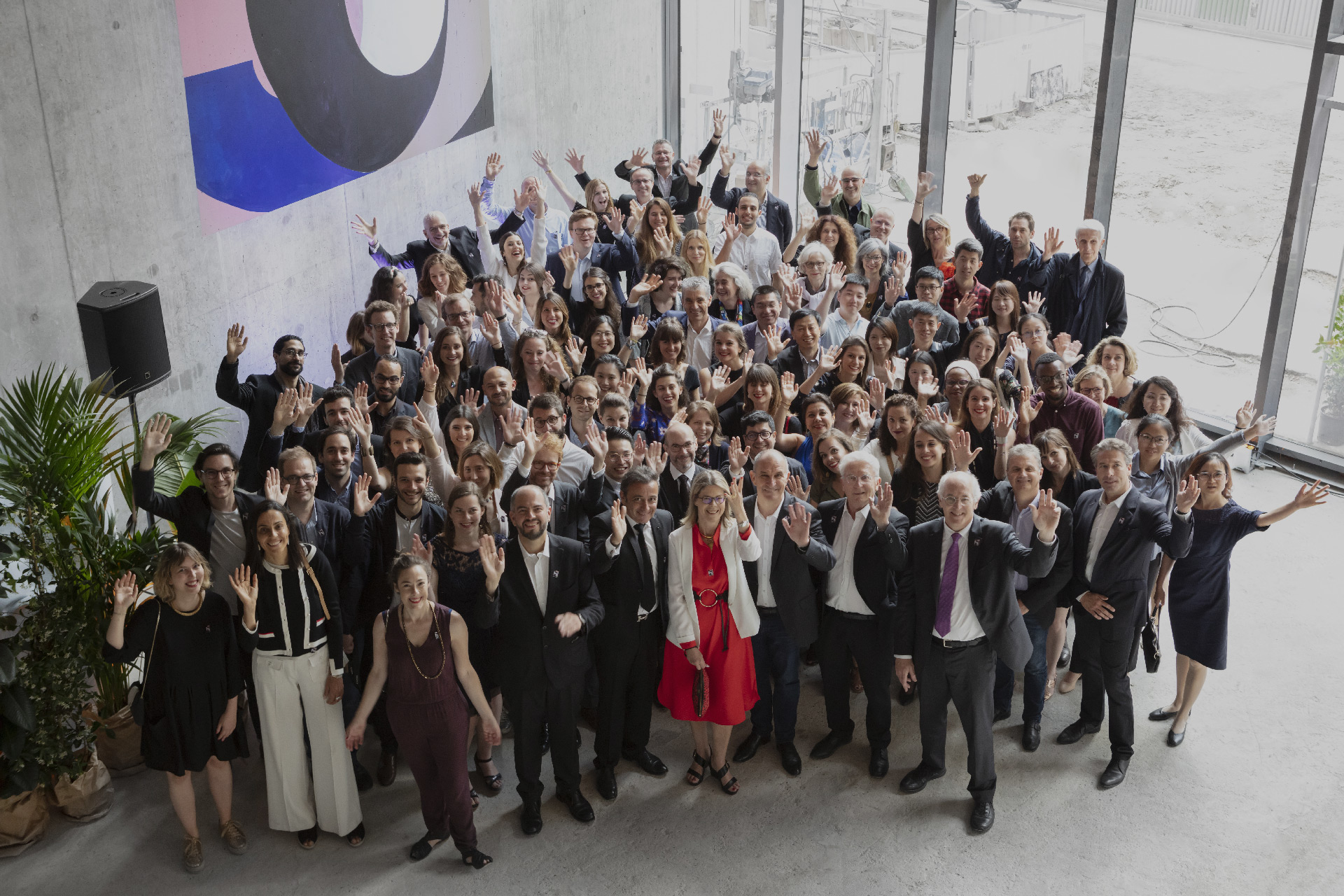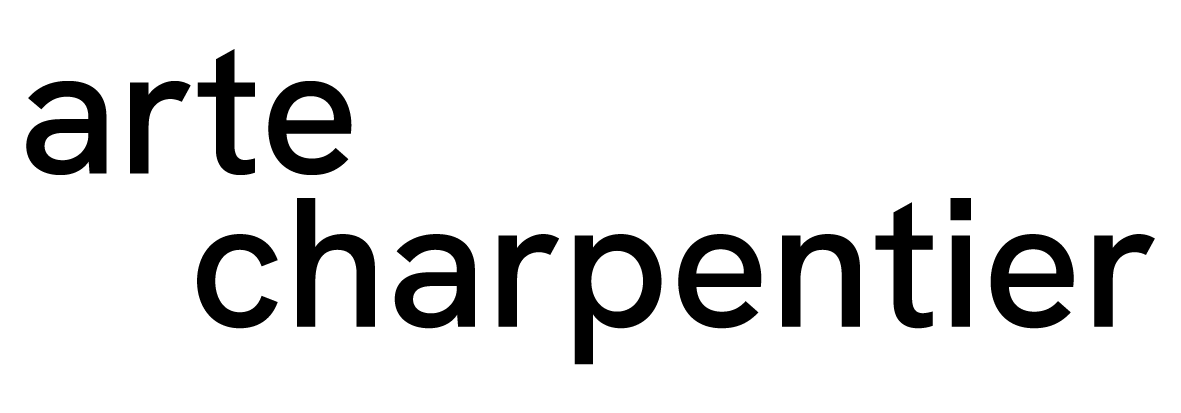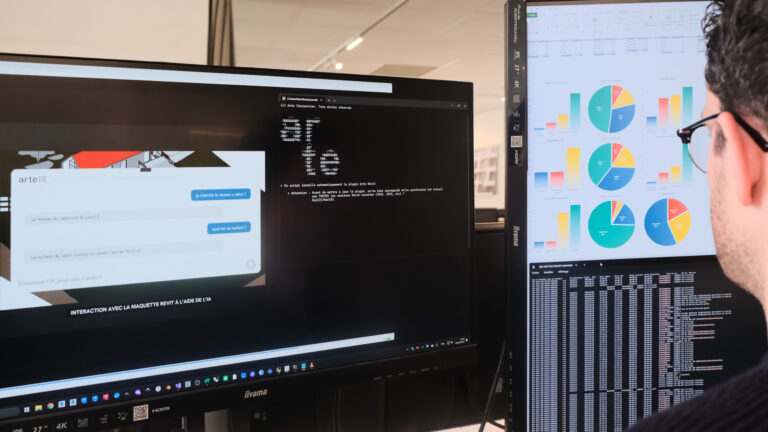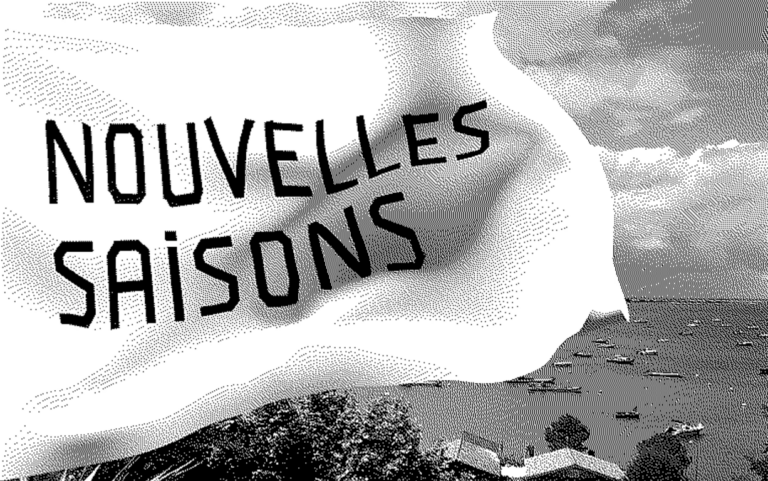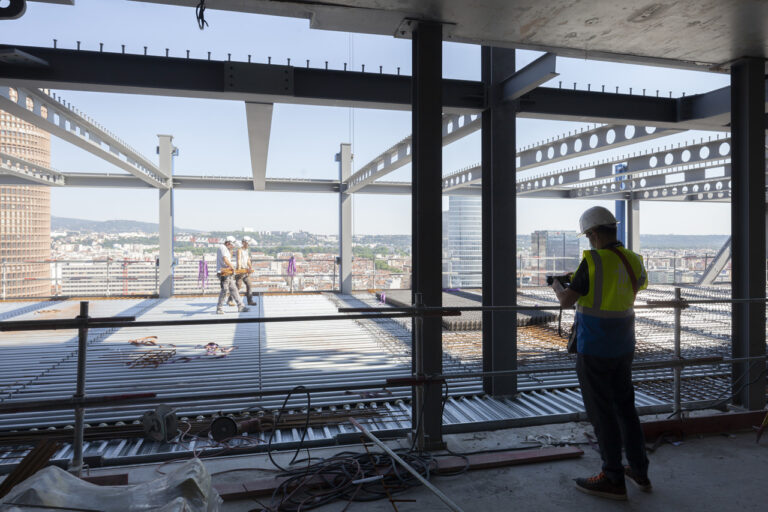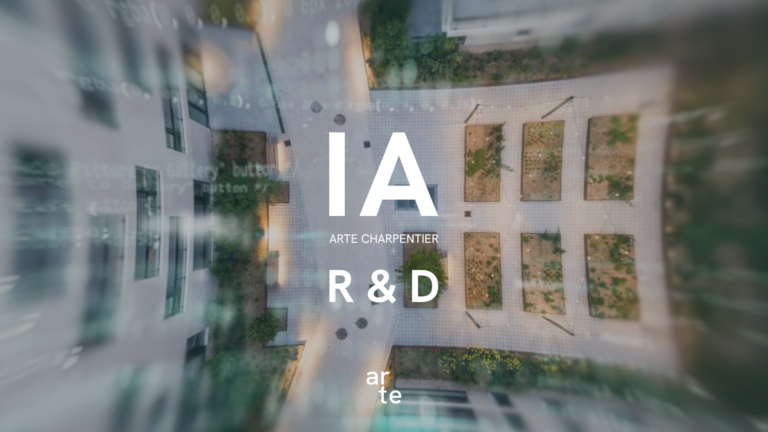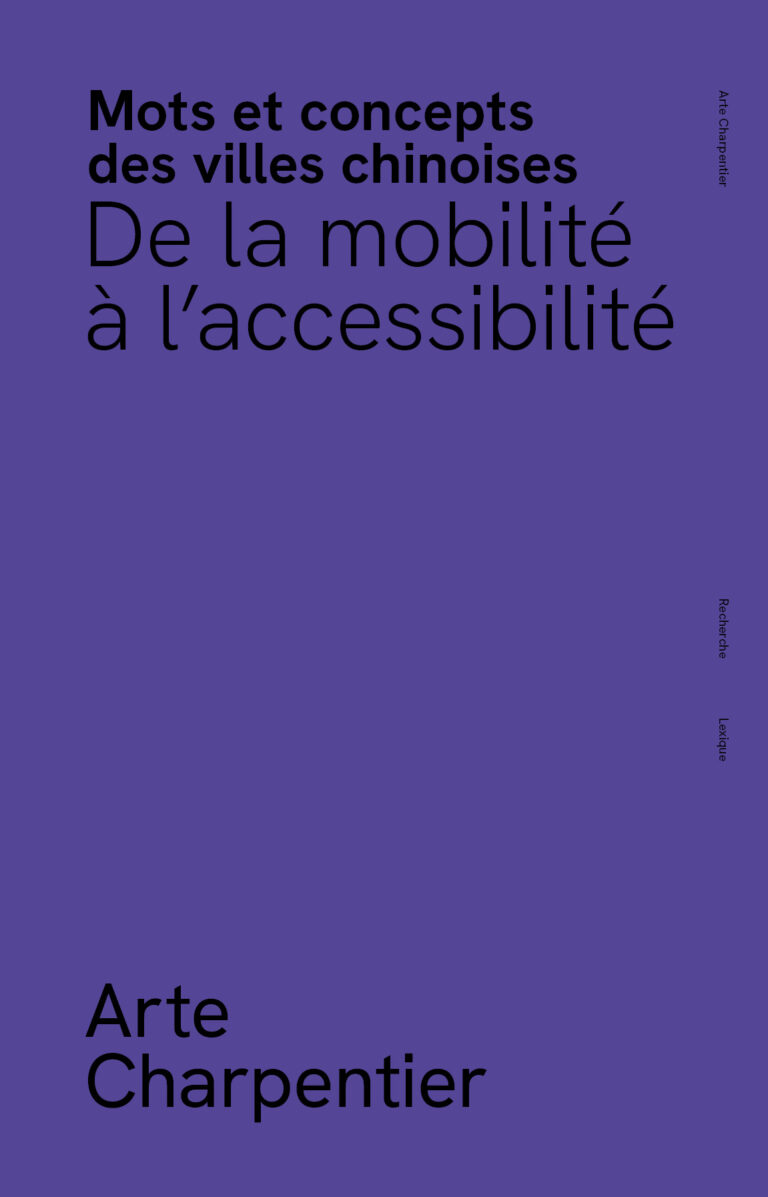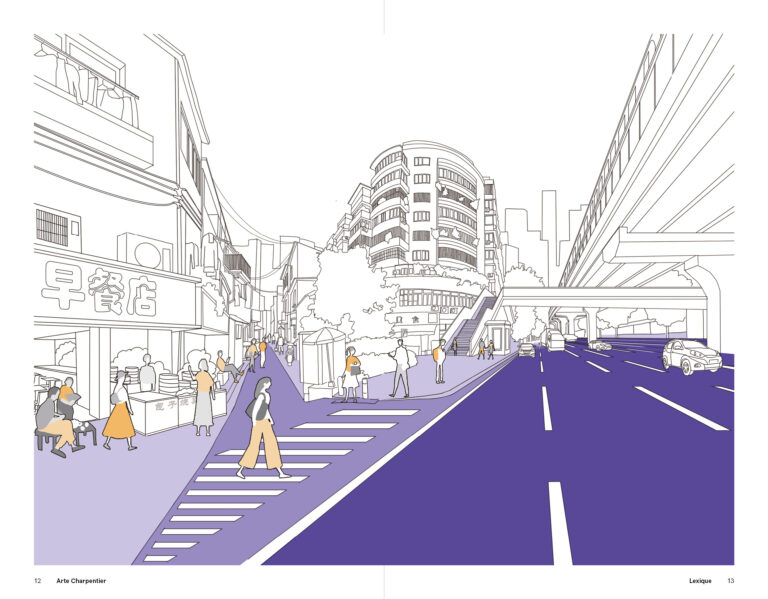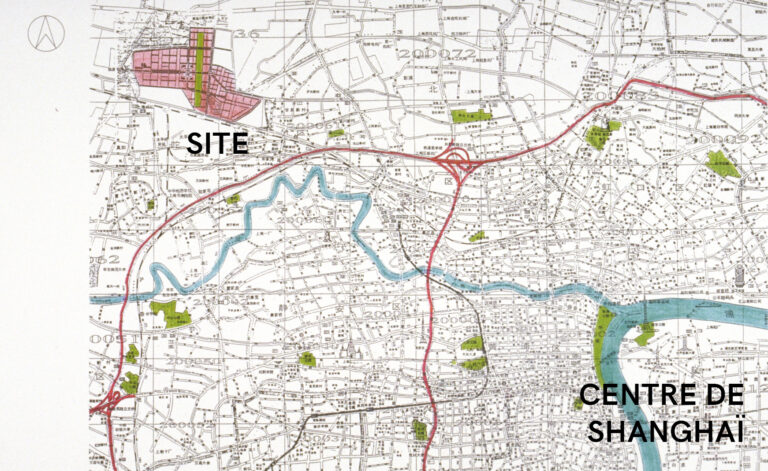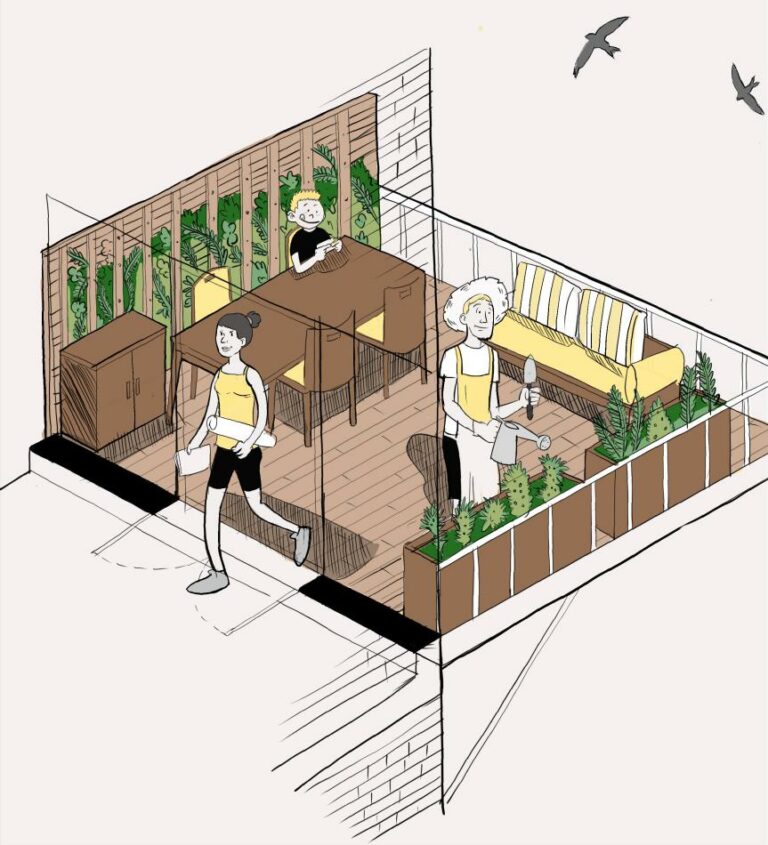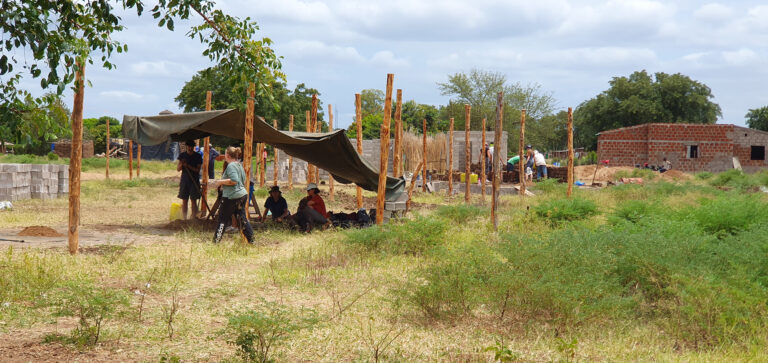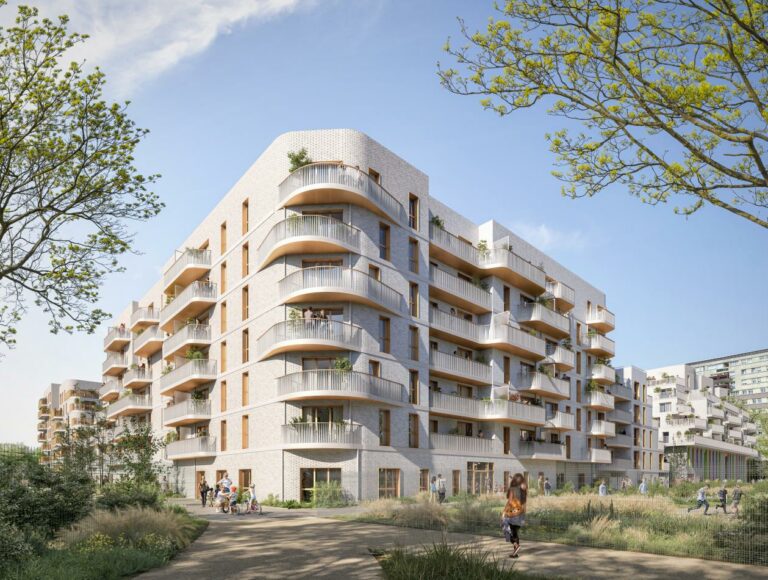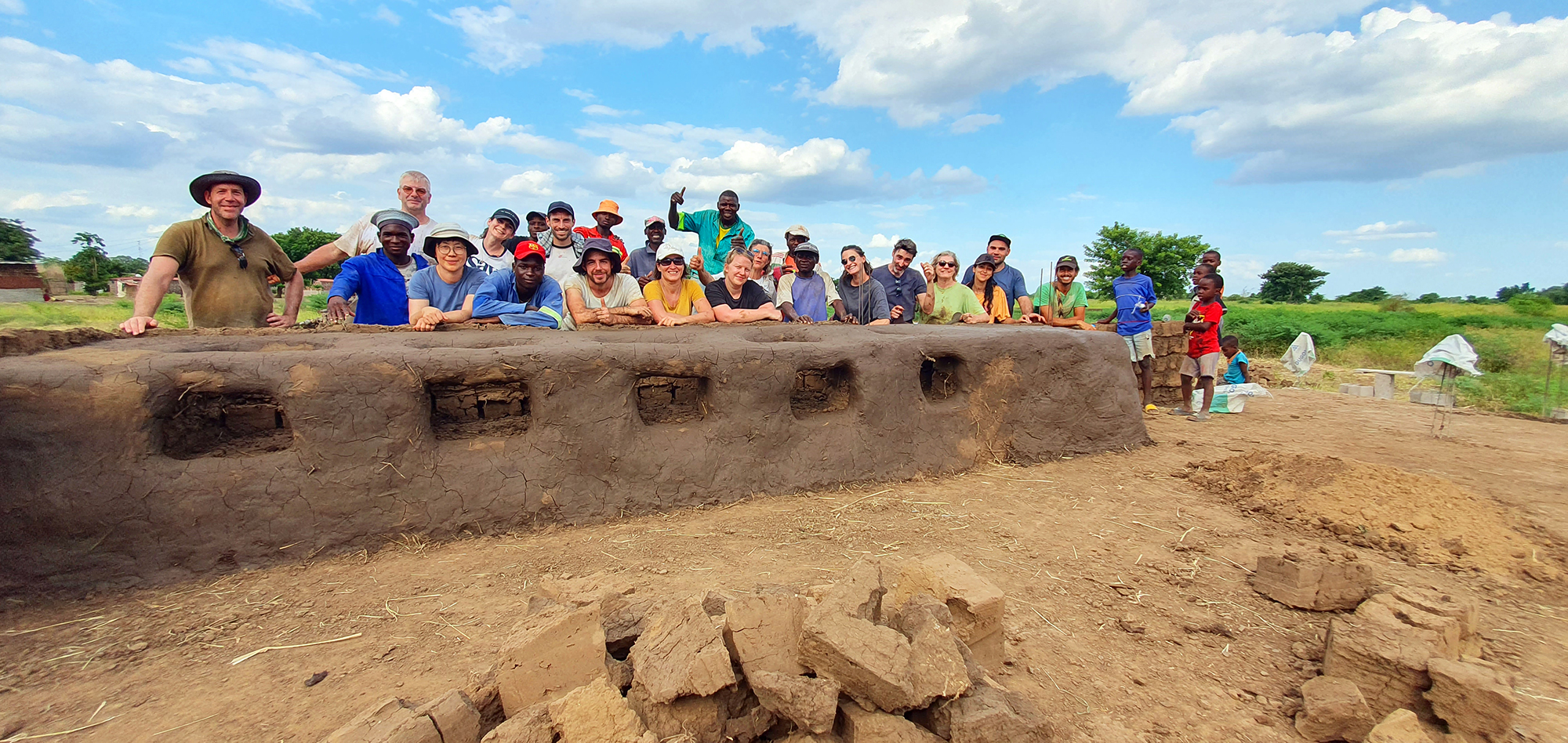
© Philippe Thouvenin February 2023 // The team poses in front of the new clay kiln just completed at Barragem.
Evangelos Batagiannis is an architect with Arte Charpentier. For many years, Evangelos has been interested in the forms of housing, collective housing and the possible uses of inhabited spaces. This architectural research and his desire to share experiences have fuelled his commitment to a humanitarian mission to build an after-school centre in Mozambique.
In 2022, he took part in his first mission to Malawi. We now give him the space to talk about his experience.
Arte Charpentier has been a strong supporter of this mission, and has been involved for several years with a variety of associations, including Architectes solidaires and Rêves de gosse.
Still reeling from my visit to Malawi in February 2022 (mission to Malawi), I followed the completion of work on the Djaleka refugee camp from Paris. Despite the difficulties I encountered there, I couldn’t wait to go back with the Coup de Pouce Humanitaire association1 for a second trip. One mission offered during the 2022-2023 session particularly caught my attention: the one in Mozambique.
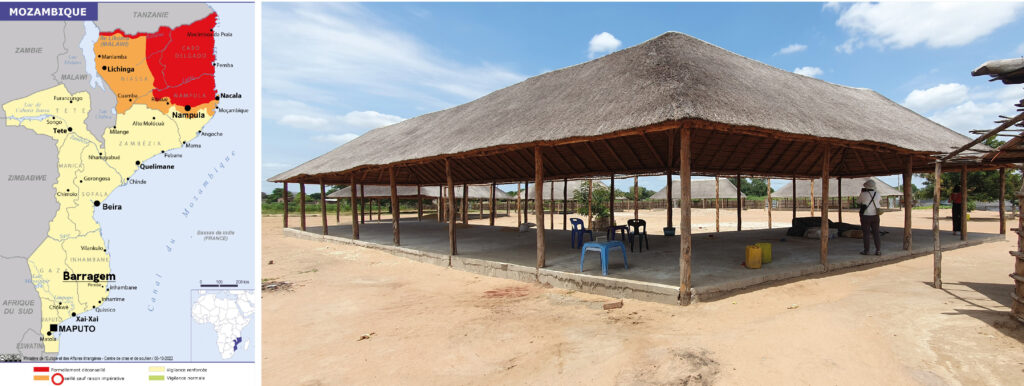
© Evangelos Batagiannis February 2023 // Class at a school run by the local association FSF in a village near Barragem
The mission
The mission was to start building an after-school care centre for children in the village of Barragem in the south of the country. This village is the first to be set up by “Fraternidade Sem Fronteiras “2 in Mozambique, on land leased from the local authority. The association’s aim is to promote education through access to food. The children receive one meal a day and half a day’s schooling.
The number of children quickly grew to almost 1,000 on the small initial site. The opportunity to buy a new, larger site to accommodate more children was an opportunity to launch a humanitarian mission.
The aim of the “Coup de pouce Humanitaire” association is to participate in the construction of these classrooms, without any prior architectural plans. As the plans had already been drawn up by “Fraternidade Sem Fronteiras” (the association present on site), the aim of the three teams formed by “Coup de pouce Humanitaire” was to help with the construction and not with the design of the project. This mission, which was particularly close to my heart, involved building for and with the local communities, using bio-sourced materials. So I put my architect’s role to one side: during my stay, I worked hard to understand the needs of the local people and to support them in their projects.
The future after-school care centre will consist of 4 “hard” buildings, i.e. made of earth and breeze blocks. The toilets and storage area should have been built before we arrived (but they weren’t) and the first “Coup de Pouce Humanitaire” mission was to start with the construction of the kitchen and refectory.
Why this mission?
I embarked on this project with a long-term vision for the association, taking an interest in sustainable development issues. As part of a small team dedicated to highlighting the efforts made by the association to meet the challenges of sustainable development, we try to ensure that our missions are in line with the actions initiated by the UN in this area. At the same time, one of the association’s objectives is to encourage projects that combine sustainable development and concrete action, such as the financing of basic infrastructure projects, the zero plastic objective or, for example, donations in kind. Raw earth construction was part of this strategy, and this argument proved decisive in my decision to take part in this mission.
Compared to my first participation, this time I had more time to prepare for the mission. The team leader offered me the role of treasurer. I had to keep tables with information on various subjects, such as team members’ allergies, plane tickets, VISAS, tax receipts, the roles of each volunteer, etc. But I also had to organise the weekend on site, with the help of the team leader. I also had to organise the weekend on site in tandem with the team leader and anticipate possible needs and problems during the stay.
The Country
On Saturday 28 January, we left Paris under cloudy skies and wintry temperatures for Maputo, the capital of Mozambique. The journey to Barragem takes around 22 hours. The country is in the southern hemisphere, bordering Malawi and Tanzania to the north and Zambia and South Africa to the west. Mozambique is best known for its coastline along the Indian Ocean. In the north, the coastline is interspersed with cliffs and rocks. In the south, on the other hand, there are lagoons and paradise-like islands where you can admire the coral reefs and stroll along the white sandy beaches.
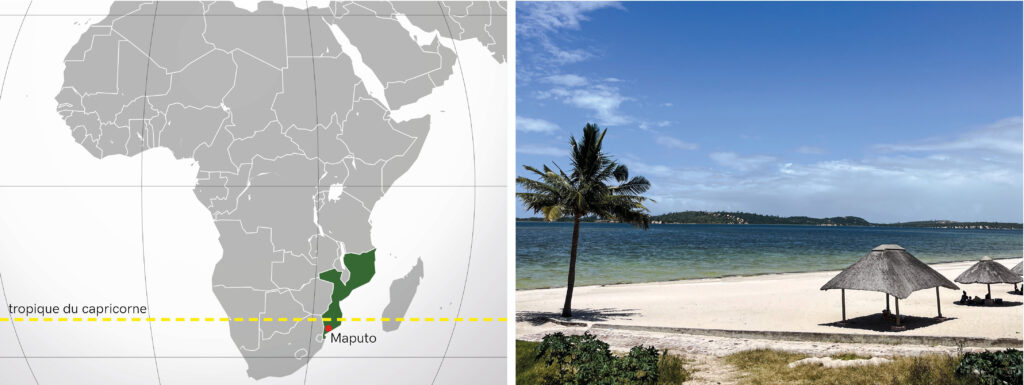
© Evangelos Batagiannis February 2023 // Mozambique on the map and beach in Bilene, our weekend destination
Mozambique is a country that is struggling to develop, particularly in economic terms 3: this is partly due to its history marked by Portuguese colonialism, coupled with some current political instability.
Since 2017, the far north of the country has seen a large number of terrorist attacks claimed by the Islamic State, while the rest of the country enjoys relative political stability.
1 – For more information on the association, see the previous article on the mission to Malawi, or the association’s website: http://www.cdepouce.com/
2 – Brazilian association already seen in Malawi
3 – Source: https://www.tresor.economie.gouv.fr/
-
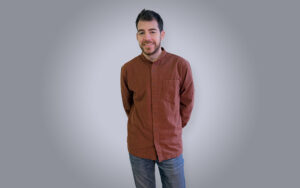
Evangelos Batagiannis Architect
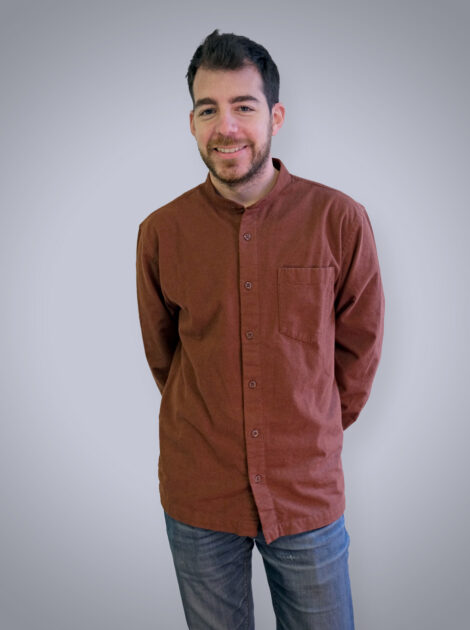
EDUCATION
Architect H.M.O.N.P. – Ecole Nationale Supérieure d’Architecture de Paris la Villette (2016)Architect D.E. – Ecole Nationale Supérieure d’Architecture, Paris Val de Seine (2015)Bachelor’s degree in Architecture – Ecole Nationale Supérieure d’Architecture de Paris val de seine (2012)SEMINAR
“Ancient, modern and contemporary heritage” – François Gruson
